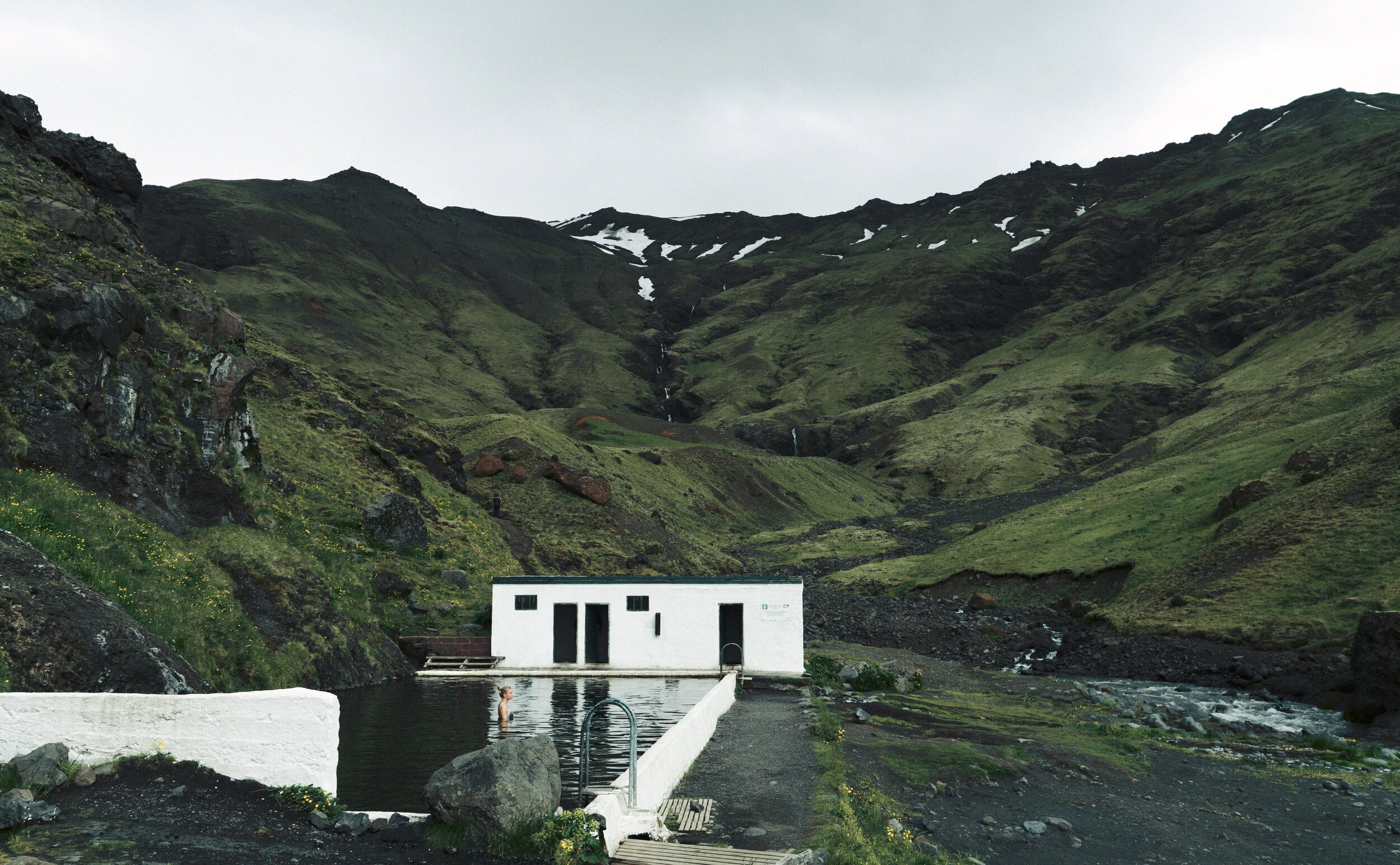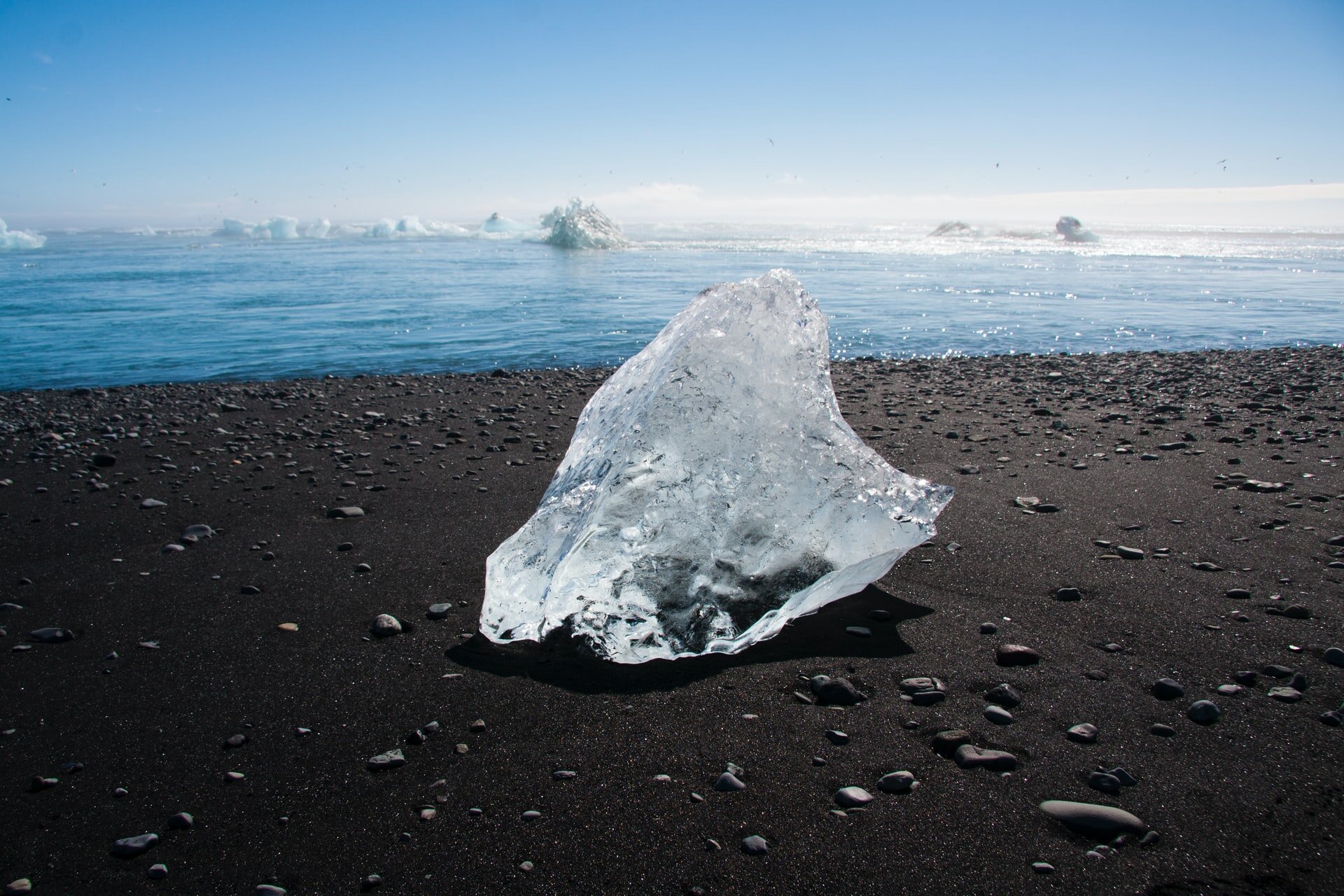What you need to know about travelling the southern coast of Iceland
/Find Iceland’s famous Black Beach with its jewel-like ice along the South Coast.
Iceland's picturesque south coast is one of the country’s most popular region for visitors from all over the world and is home to some of Iceland's most famous natural attractions, such as Jökulsárlón glacier lagoon and the dramatic Vatnajökull National Park.
If you decide to travel along this scenic coast, you will be stunned by nearly endless lava fields, awe-inspiring cliffs, and picturesque fishing villages. Many visitors also consider South Iceland to be an idea adventure destination, with activities on offer such as hiking, paragliding, Super Jeep tours and sightseeing.
Tourists can explore the south in different ways, either joining guided tours or going it alone, but what do need to know ahead of a trip there? Read on to find out.
What awaits you in this part of Iceland?
One of the most beautiful and powerful views in Iceland is its waterfalls. Seljalandsfoss Waterfall is a must-stop location on the South Coast sightseeing route where you can walk behind the cascading water and take a snap from behind the curtain of water. Continuing north along the trail, you will discover Gljúfrabúi, another waterfall, hidden inside of a gorge in the ancient sea cliffs.
Ice and ashes - landscapes of the Solheimajokull glacier
Solheimajokull glacier is a striking sight.
Sólheimajökull glacier is an outlet glacier of the mighty icecap of Mýrdalsjökull and is one of Iceland’s most accessible glaciers, just 158 kilometers away from Reykjavik.
About eight kilometers long and two kilometers wide, Sólheimajökull is very impressive. It descends from Mýrdalsjökull, and because there is no clear distinction between the two, it appears much bigger to the eye than it actually is. Mýrdalsjökull itself has many outlet glaciers and is the fourth-largest ice cap in Iceland. Beneath its thick surface, the country's most infamous volcano, Katla, is located.
The nearby Eyjafjallajökull , which erupted in 2010, causing widespread havoc at European airports, is also a famous sight. History tells us that Katla will also erupt soon. Fortunately, volcanoes and all seismic activity in Iceland is highly monitored, and it is perfectly safe to travel around the area.
Take a swim in a thermal pool
Seljavallalaug thermal pool.
A mere 23 kilometers eastward from Seljalandsfoss waterfall, you will find one of the South Coast's outdoor pools. Seljavallalaug is the oldest swimming pool in Iceland, dating all the way back to 1923.
Seljavallalaug is free to enter and is a worthwhile stop on the South Coast trail. The water is permanently lukewarm, as natural hot water trickles down the mountainside that makes up one of the pool's walls.
The picturesque Dyrholaey Peninsula
Dyrhólaey Peninsula is a 120-meter promenade famous not only for its breathtaking views of Iceland's South Coast, but also for its historic lighthouse and rich birdlife. It was once a volcanic island and in ancient times, sailors used to refer to Dyrhólaey as Cape Portland.
Dyrhólaey's most instantly recognizable attraction is its massive rock arch, resulting from centuries of erosion. This natural feature is so significant and dramatic that one daredevil pilot even flew through it in 1993.
Dyrhólaey has an abundance of birds, the most famous ones being puffins. It’s another one of the South Coast’s prime Instagram hotspots as you can get up close and personal with these cute, winged creatures.
The cosmic landscape of the Black Beach
Would you take a walk on the black sand beach of Reynisfjara?
The black sand beach Reynisfjara is the most famous beach on the South Coast of Iceland. The black sand, powerful waves, and the nearby Reynisdrangar sea stacks are genuinely unique. This place is popular with visitors and is also a well-known filming location used in Game of Thrones, Star Wars and more.
If you are looking for an adventure not so far from Reykjavík, the South Coast is a fine destination.




















I’ve put together a list of attractions to help with creating your itinerary and planning your travels. So, here are five things you have to do in Reykjavik.